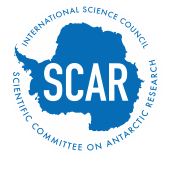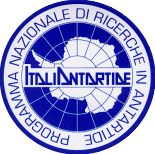|
Name ID: 125615
Place ID: 5241
Small archipelago of rocky islands and rocks close N of Cape Geodesie and Astrolabe Glacier Tongue, extending from Helene Island on the W to Dumoulin Islands on the east. The French expedition under Capt. Jules Dumont d'Urville landed on Debarquement Rock in the Dumoulin Islands in January 1840. Because rock samples were obtained, they gave the name "Pointe Geologie" to a coastal feature charted as lying S of Debarquement Rock. The archipelago was delineated, in part, from air photos taken by USN Operation HighJump, 1946-47. Following surveys by FrAE parties during the 1950-52 period, the French gave the name "Archipel de Pointe Geologie" to the entire archipelago, as d'Urville's coastal feature is believed to correlate with portions of the cluster of islands close N of Astrolabe Glacier Tongue.
|
|
Name ID: 107378
Place ID: 5241
Archipel rocheux que, du large, J. Dumont d'Urville prit pour une pointe du continent. Située dans la baie Pierre-Lejay, à l'ouest du glacier de l'Astrolabe. Nom donné en raison du voisinage de l'endroit où fut effectué le premier débarquement le 21 ou le 22 janvier 1840, sur un îlot rocheux appelé "rocher du Débarquement" où furent prélevés des échantillons de roches.
|

